In the journey of your career, you may have come upon a crossroads. When you look down your current employment path, you see it continue all the way to the horizon. There’s no bumps, no guesswork. It’s paved and smooth, and it bores you.
A pivot in another direction reveals something else entirely. Maybe striking out on your own means building and marketing an innovative product, or scaling a hobby into a business. The idea of pursuing your dream puts a skip in your step. It thrills you.
But if you look further down this path, it may well stop you dead in your tracks. Because it’s craggy and uphill, and leads into an impenetrable fog. It raises all sorts of questions. What if the product bombs? What if you miss out on the big breaks? What if you burn bridges with one career, then fail at the other as well?
Every entrepreneur has to make the sometimes harrowing trek into the unfamiliar and the unknown. In order to get through the rough patches, or even muster the courage to set out at all, it’s necessary to find a good walking stick and a compass.
As you peruse great books for entrepreneurs, maybe you’re looking for savvy know-how as you leverage and scale your business. Maybe you don’t have a lot of business knowledge, and are on the lookout for sound, practical advice. Maybe you suffer from self-sabotage, and simply need some encouragement.
Wherever you’re at, there’s plenty of guidance out there for you. The best books promise that entrepreneurship is a skill that anyone can learn. They assure you that success isn’t a scarce resource, and that you can be “you” and still make it—even if you’re Type B and have no idea how to create an income statement.
And they promise a whole lot more. So let’s set out to explore the best books for want-to-be entrepreneurs and discover what the sharpest minds have to say about forging your own trail and pursuing your dream.
1. Crushing It!: How Great Entrepreneurs Build Their Business and Influence–and How You Can, Too by Gary Vaynerchuk
 Publisher: Harper Business
Publisher: Harper Business
Year Published: 2018
Number of Pages: 288
Does it seem inconceivable that you could build a brand and earn a living wage through an Instagram or YouTube account? Internet personality Gary Vaynerchuk has sold this idea for over a decade, and now he thinks it’s more viable than ever.
Influencer marketing is where it’s at these days, Vaynerchuk says. It’s huge, but there’s still plenty of room for you.
Just like his 2009 book, Crush It, in Crushing It!, Vaynerchuk assures readers that anyone can earn the same income pursuing his passion online as he can sitting at a desk earning a middle-class income. Vaynerchuk encourages his readers to do the former.
“The Internet is an entrepreneur’s oyster, and you can use its pearly platforms to build a personal brand so powerful that the world is not only willing to pay you for your products or services or to promote other people’s products and services, but also it might even be willing to pay you to just be you.”
In this New York Times bestselling book, Vaynerchuk provides plenty of evidence to make his argument. The book includes many anecdotes of influencer success stories, such as a lawyer who becomes a social media manager.
The book assists entrepreneurs in building a brand, then in developing followings on a variety of online platforms, including Twitter, You Tube, Facebook, Instagram and Podcasts. There’s no prescribed route; each person’s online success story is unique to her alone. And it isn’t ever easy.
“It will require big risks. It will take all your mental capacity, your time and your leisure. You’re going to eat shit for a long time…once you’ve developed a robust personal brand, you will be able to enjoy as much or as little leisures as you want.”
The book is written in Vaynerchuk’s friendly and encouraging tone. Although the premise may sound fantastic, Vaynerchuk doesn’t promise super-stardom to everyone. Rather, he believes anyone can earn a moderate income of $50,000 a year pursuing a passion online.
Vaynerchuk is a speaker, business consultant and podcaster. He started his career building a personal brand through an online wine-tasting video series, Wine Library TV.
As the title suggests, Crushing It! is written very much in the spirit of his earlier book, Crush It. Vaynerchuk has also written The Thank You Economy and Jab, Jab, Jab, Right Hook. He is the chairman and CEO of Vaynermedia, and hosts the podcast Garyvee.
Readers find that even though much of the content is the same as Crush It, there are a lot of new tidbits sprinkled throughout this book.
2. Build: An Unorthodox Guide to Making Things Worth Making by Tony Fadell
 Publisher: Harper Business
Publisher: Harper Business
Year Published: 2022
Number of Pages: 416
If you want to build something great, it doesn’t hurt to learn from the best. Silicon Valley veteran Tony Fadell unquestionably mingles in this milieu.
Over his career, Fadel has authored over 300 patents, and helped to build iconic creations such as the iPod and the iPhone. He’s picked up all sorts of insights over the past decades while building products at both large and small companies.
“My life has swung wildly between success and failure, incredible career highs immediately followed by bitter disappointment. And with each failure I chose to…become someone completely new. The latest version of me is a mentor, coach, investor, and, weirdly now, an author.”
In Build, Fadel shares a timeline of his entire career, from selling eggs door-to-door with his brother in the 70s, to building a multimedia editor at the University of Michigan, to working as a software engineer at General Magic, to landing at Apple in 2001. He’s got a story to tell, and over his career has been committed to building great teams and great products.
This book is a hybrid of biography and mentor genres. If you’re starting out and seeking how and where to grow, Build serves as a guide to landing yourself in places that reflect your ethos and vision.
The book includes six parts, including “Build Your Career,” “Build Your Product” and “Build Your Business” and chapters such as: “Why Storytelling,” “How to Spot a Great Idea” and “A Method to the Marketing.” It can be poked through, read from beginning to end, or used as a stepping point for further research.
“This advice is unorthodox because it’s old-school…certain things you can’t blow up. Human nature doesn’t change, regardless of what you’re building, where you live, how old you are, how wealthy or not.”
Readers find that Build is both informal and entertaining, and is the sort of book you want to have on your shelf, not on Kindle.
3. #GIRLBOSS by Sophia Amoruso
 Publisher: Portfolio
Publisher: Portfolio
Year Published: 2015
Number of Pages: 256
If you’re looking for an inspiring rags-to-riches story, then #GIRLBOSS is for you. Its author, Sophia Amoruso, is the classic scrappy entrepreneur, who went from “earning a living” as a shoplifter to running NastyGal, an online women’s clothing business, all before the age of 30.
“I didn’t come from money or prestigious schools, and I didn’t have any adults telling me what to do along the way. I figured it out on my own,” Amoruso writes. “A #GIRLBOSS is someone who’s in charge of her own life. She gets what she wants because she works for it. As a #GIRLBOSS, you take control and accept responsibility.”
Amoruso’s alluring message and story earned her book a spot on the New York Times bestseller list.
This book is perfect for a woman who wants to live life on her own terms, and is looking for guidance and a boost of inspiration.
In #GIRLBOSS, Amoruso includes anecdotes from her own startup story, as well as takeaway advice for business owners. Chapters include: “Shoplifting (and Hitchhiking) Saved My Life” and “On Hiring, Staying Employed, and Firing.”
Amoruso is a great writer, and the book’s layout is one of its strong points. Each chapter features a sketch of a woman, alongside one of Amoruso’s clever quotes. In Chapter 1, a woman wears heels and holds a pair boxing gloves in front of her face alongside the quote: “A #GIRLBOSS knows when to throw punches and when to roll with them.”
Amoruso coined the neologism #GIRLBOSS. Her book arguably has advanced her career more than NastyGal ever did. The series #GIRLBOSS ran on Netflix in 2017, with Amoruso as an Executive Producer. Amoruso currently coaches and encourages women at #GirlBoss rallies.
Many readers believe that Amoruso is the real deal. However, others find the advice in #GIRLSBOSS is somewhat basic, and are skeptical of taking business advice from someone who’s startup ultimately filed for bankruptcy.
4. 12 Months to $1 Million: How to Pick a Winning Product, Build a Real Business, and Become a Seven-Figure Entrepreneur by Ryan Daniel Moran
 Publisher: Benbella Books
Publisher: Benbella Books
Year Published: 2020
Number of Pages: 240
“If freedom is your goal then this book is your starting point,” Ryan Daniel Moran writes in his book, 12 Months to $1 Million.
The life of an entrepreneur can be lonely. It’s a real struggle to scale and grow when you’re doing it all on your own. This book, Moran hopes, will guide and encourage you to press on during the tough times.
Although the title makes an ambitious claim, Moran promises that the fantastic is attainable. He has walked the walk of the entrepreneur. In his book he relates that in his 20s, he sold a majority stake in his supplement company, Sheer Strength, for $10 million.
“This method works. It’s scalable. It’s repeatable,” Moran writes. His personal experience makes this assertion more trustworthy.
However, he stresses that it requires going all in. “A foolproof, zero risk, ‘easy way’ to be successful…this doesn’t exist.”
In the book, Moran covers the ten steps of the entrepreneur, which include choosing your customer, developing your first products, growing sales, building a brand and putting it all together. (It’s curious that he identifies choosing a customer before building a product.) He includes well-written stories from his own experience and those of other entrepreneurs as well.
Currently, Moran works as a consultant, and has helped to scale over 300 businesses. Readers find that 12 months to $1 Million is not a get-rich-quick scheme. It includes lots of helpful advice and is a must-read for entrepreneurs. However, they point out that Ryan promises $1 million in sales, not in profit, which is a significant difference.
5. The Rise of the Rest: How Entrepreneurs in Surprising Places Are Building the New American Dream by Steve Case
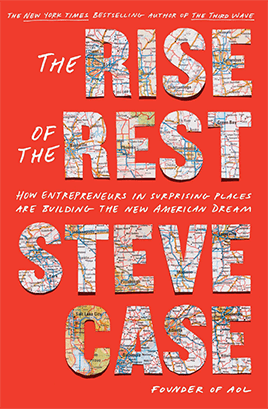 Publisher: Avid Reader Press
Publisher: Avid Reader Press
Year Published: 2022
Number of Pages: 272
Sometimes, if you want to really know what’s going on, you have to look beyond all the flashy headlines and go check something out for yourself.
That’s just what Steve Case has done in his book, The Rise of the Rest. It’s an account of his tour to discover what’s happening with business and innovation across the nation. His objective is to shine light on entrepreneurial endeavors, to pitch stories to the press, and to generate collaboration between businesses.
The stories in the book would inspire anyone who’s just starting on their entrepreneurial journey. It provides an understanding of what’s possible and what’s on the horizon in our economy. It also introduces collaboration possibilities to current startups.
Case uncovers hidden treasures in his book. The first stop is Detroit, where he discovers Shinola, a classic watchmaking company that manufactures all its products on site.
“As we toured the facility (of Shinola), we recognized that there was indeed something special going on. I thought the vision had a touch of genius grounded in the psychology of the American consumer. People would be drawn to a company that was fighting for America. Wearing the watch would be a patriotic gesture, symbolizing the revival of the nations’ heartland and its beloved city of Detroit.”
He also tells the story of Stik, a professional services review company, that recently relocated to Detroit, the hometown of its founders.
His chapters “Big City Reimagination,” and “The Revival of Iconic Regions” testify to the shift Case sees taking place in the economy.
“The whole country can play a role in the continuation of the American story…established companies can help startups succeed, and startups can help established companies remain relevant.”
Case co-founded American Online in 1985, the first internet company to go public. He’s long been a supporter of entrepreneurs, investing in companies like Zipcar, Sweetgreen and Clear. He also wrote the New York Times bestselling book, The Third Wave: An Entrepreneur’s Vision of the Future. Currently he serves as the chair of the Smithsonian Institution.
6. YouTube Secrets: The Ultimate Guide to Growing Your Following and Making Money as a Video Influencer by Sean Cannell and Benji Travis
 Publisher: Lioncrest Publishing
Publisher: Lioncrest Publishing
Year Published: 2018
Number of Pages: 272
How many YouTube videos do you watch a day? If you’re like most people, it’s a whole lot more than in years past. YouTube has almost caught up to television in viewership! This is a clear sign that any entrepreneur can benefit from marketing on YouTube.
Perhaps it’s no surprise, then, that Sean Cannell and Benji Travis’ book, YouTube Secrets continues to rank near the top in several of Amazon’s bestseller lists, several years after its publication.
YouTube is a revolution, the authors assert. A decade ago you’d be scoffed at for trying to make a living as a YouTuber. “But today, there is no debate,” they write. “Being a YouTube creator is a real job.”
Video is powerful, they point out, as it develops the like, know, trust factor better than other marketing mediums.
This book lays a plan for business growth for entrepreneurs at any stage of the startup journey. Building your brand, and building it online is at the crux of any business nowadays. However, as YouTube Secrets focuses exclusively on video, it’s best suited as a companion to other startup books.
YouTube Secrets covers the seven “Cs”: Courage, Clarity, Channel, Content, Community, Cash and Consistency. Then the authors relate specific tactics on how to put videos together in chapters such as, “The Perfect Video Recipe,” “Collaboration” and “Crunch Conventionality.”
The book also relates many anecdotes of people who started out small on YouTube, doing things like making recipes in their kitchen, and who have launched careers due to success on their channel.
Both Cannell and Travis are YouTube sensations. Travis has over one billion subscribers to his account. Cannell co-founded Video Influencers.
Readers find that although some of the links in the book no longer work, the content is still relevant. However, it’s suited for small YouTube accounts with fewer than 10,000 subscribers.
7. The Soul-Sourced Entrepreneur: An Unconventional Success Plan for the Highly Creative, Secretly Sensitive, and Wildly Ambitious by Christine Kane
 Publisher: BenBella Books
Publisher: BenBella Books
Year Published: 2020
Number of Pages: 264
What would you do if a business coach said to your face that your business wasn’t sustainable, that you didn’t have what it takes, and that you needed to abandon your endeavors and get a real job?
When Christine Kane, author of The Soul-Sourced Entrepreneur, received this advice, she chose to ignore it. Instead, she stuck to her guns and continued to market, produce and sell her own music.
And the effort paid off. Before long, she had sold over 100 thousand records…and budding business owners were coming to her for advice!
In her book, Kane offers an alternative approach to starting a business. Soul-Sourced Entrepreneur is for everyone who’s wanted to work for themselves but doesn’t believe they have the business-smarts this requires.
In colorfully narrated prose, she assured readers that there is a space for them at the table of success.
“Is it possible to have a wildly profitable and successful business without adopting character traits that are false, phony, manipulative, or robotically corporate? Can you succeed while still being you? The answer is a resounding Yes.”
She doesn’t teach magic, or the laws of attraction. Rather, she invites readers to enter into a world with soul.
Soul-Sourced Entrepreneur doesn’t cover the standard topics of most entrepreneurial books. Its sections range from “Strategy and Soul,” “Initiating Intention” and “Interpreting Experiences.” The chapters include: “Real is the New Strong” and “Firewalks and Fast Food: Tossing Out Old-School Goal Setting.”
Kane is a self-described scrappy entrepreneur who learned about sales and psychology by running her own independent music company. She started the coaching company Uplevel YOU in North Carolina, where she leads retreats and coaches her “Strategy and Soul” approach.
For the stories alone, readers say that the book is hard to put down. They are also relieved to find an entrepreneurial book that doesn’t write off artists as hopeless hot-messes. Many return to the book again and again.
8. The Lean Startup: How Today’s Entrepreneurs Use Continuous Innovation to Create Radically Successful Businesses by Eric Ries
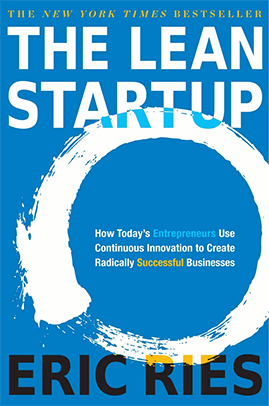 Publisher: Currency
Publisher: Currency
Year Published: 2011
Number of Pages: 336
“Through determination, brilliance, great timing, and—above all—a great product, you too can achieve fame and fortune.”
Eric Reis bought into this message for years. Until, through experience, he discovered that it amounted to a hill of beans.
“There is a myth making industry hard at work selling us that story,” he writes in his book, The Lean Startup.
For Reis, rather, hard work, brilliance and determination led to failure. He describes the fallout of his experience building a technology company in college during the dot.com bubble:
“If you’ve never experienced a failure like this, it is hard to describe the feeling. It’s as if the world were falling out from under you. You realize you’ve been duped. The stories in the magazine are lies: hard work and perseverance don’t lead to success.”
He shares a different perspective in The Lean Startup, a New York Times bestselling book that’s sold over a million copies.
“I have learned from both my own success and failures and those of many others that it’s the boring stuff that matters the most.” Startup success is about following a repeatable process that can be taught.
This book is helpful for someone who wants to leverage and expand their startup. It provides guidance on how to implement efficient systems and processes.
Reis’ process, in part, is about applying to startups the tried-and-true project management and manufacturing principles of lean and agile. Lean manufacturing emphasizes minimizing waste, empowering all employees, and developing a pull workflow. Agile is about working in iterations, reflecting, then charting a path forward.
Ries shakes up established norms, and a lot of his advice feels like throwing cold water on your face in the morning.
“We emphatically did not do what (our customers) said. We viewed their input as only one source of information about our product and overall vision.”
In keeping with the principles of lean, the book has a simple organization. It’s written in three parts: Vision, Steer and Accelerate. And all the chapters have only one word, such as “Start,” “Define” and “Learn.”
Ries started sharing his experiences and insights on the blog, Startup Lessons Learned, which led to writing this book. Currently, he works as a business consultant and serves as an Entrepreneur-in-Residence at the Harvard Business School.
9. Founder, Farmer, Tinker, Thief by Chris Cooper
 Publisher: Two Brain Media
Publisher: Two Brain Media
Year Published: 2019
Number of Pages: 396
It’s no cinch to start a business and guide it through all its stages of development. In his book Founder, Farmer, Tinker, Thief, author Chris Cooper breaks down the process so it’s plain and simple.
“A business grows in phases. And an entrepreneur must also evolve…the skills that got him to one level won’t be the ones that take him to the next.”
He says the process of the entrepreneur falls into four key phases. Can you guess what they are? That’s right, they’re the title of his book.
- Founder: This is the hustling phase, where you’re giving the business all you got.
- Farmer: During this phase, you nurture the first key clients.
- Tinker: This is about building the business, hiring employees and developing skills.
- Thief: And the final stage is leveraging, introducing new ideas and finding creative innovative ways to grow.
Cooper’s book serves as a helpful guide for an entrepreneur. It even includes a test to identify what stage your business is at right now. He answers questions such as: “Where do I put my time right now?” and “What marketing should my business employ?”
Cooper speaks directly to the reader like a coach or mentor. And he doesn’t shy away from offering advice. For example, he discourages entrepreneurs from seeking advice online.
“The internet is full of ideas, unfiltered for advice and unqualified for falsehood…a mentor is your guide. Find one.”
Cooper has experienced near-business failure first hand. He told his story and what he learned at the blog, DontBuyAds.com. He specializes in coaching gym owners, and started the mentorship program, Two Brain Business.
10. The Entrepreneur Mind: 100 Essential Beliefs, Characteristics, and Habits of Elite Entrepreneurs by Kevin D. Johnson
 Publisher: Johnson Media Inc.
Publisher: Johnson Media Inc.
Year Published: 2013
Number of Pages: 268
If you’re looking for sound advice, you’ve found it with The Entrepreneur Mind. It includes no fewer than 100 solid tips for aspiring or current startups.
“This is…a pragmatic approach that will get you results…in your hands, you have a real playbook to help you accomplish your entrepreneurial dream…if you adopt these principles and believe in them wholeheartedly, then success awaits you.”
Author Kevin D. Johnson doesn’t believe that entrepreneurs are born. Rather, becoming an entrepreneur is a learned skill.
His 100 points cover a wealth of ground, and include choosing the right spouse and selecting bank accounts. It’s a book that’s easy to flip through, picking up pointers here and there.
Johnson has organized his points into seven categories, including motivation, leadership, marketing & sales, finance, people, education, and strategy. The education is the shortest chapter, with only two points:
- School Is Not Necessarily Education
- You’re in No Rush to Get an MBA
Johnson is a business consultant who has advised Porsche and Coca-Cola. Formerly, he worked as a software developer for IBM, CNN and Accenture.
Readers like the book for its down-to-earth advice, and clear presentation.
11. Girl Code: Unlocking the Secrets to Success, Sanity, and Happiness for the Female Entrepreneur by Cara Alwill Lebya
 Publisher: Portfolio
Publisher: Portfolio
Year Published: 2017
Number of Pages: 176
Entrepreneurs come in all shapes and sizes. And in Girl Code, author Cara Alwill Lebya addresses one significant group of entrepreneurs: Women.
Lebya observes that women are running more businesses and earning more money than ever. Yet at the same time, many still suffer from limiting beliefs. They don’t aim for the glass ceiling.
Her book provides advice on the psychological challenges that impede women from realizing their dreams. She shares a message of abundance.
“There are absolutely no limits on what you can achieve. You must find the place inside of you where everything is possible.”
The Girl Code is organized into nine chapters, which include: “Shake It Off: Dealing with Haters, Copycats, and the Peanut Gallery,” “The Power of Connection” and “Trust Your Own Brilliance.”
This book is excellent for an entrepreneur who’s inspiration has dwindled and is in need of a pick-me-up. Lebya’s encouraging message reminds her readers that success isn’t a scarce resource.
“When we are in a space of limitless luxe, we understand that our desires should be boundless, and they can all happen for us—not matter how big we perceive those desires to be.”
She writes with bold energy, and her prose includes lots of exclamation marks and expletives.
However, her “you-go-girl” style sometimes comes across as trite, and the book includes uninspiring cliches, such as: “Whatever your gift is, nobody can do it quite like you” and “You have the ability to create any reality you wish for yourself.”
Lebya writes the blog, The Champagne Diet and hosts the podcast, Style Your Mind. She’s written nine books. Formerly, she worked as a marketer for MTV.
Readers like the book for its encouraging tone, but find that the interviews aren’t presented in a way that provides helpful advice to entrepreneurs.
12. Zero to One: Notes on Startups, or How to Build the Future by Peter Thiel with Blake Masters
 Publisher: Currency
Publisher: Currency
Year Published: 2014
Number of Pages: 224
When you post something on the internet, you never know what it might lead to.
At Stanford in 2012, Blake Masters completed Peter Thiel’s course, “Computer Science 183: Startup,” then posted the notes to his Tumbler account. Right away, people started reading and sharing them on social media. They spread like wildfire. Eventually, Masters’ post led to the publication of this book!
Zero to One, a near-identical summary of those lecture notes, is a series of lessons for an entrepreneur. It’s more of a think piece than a how-to. But Thiel claims that correct thinking is what a successful startup is all about.
“Positively defined, a startup is the largest group of people you can convince of a plan to build a different future. A new company’s most important strength is new thinking: even more important than nimbleness, small size affords space to think.”
The book is “an exercise in thinking” and provides answers to conundrums entrepreneurs face.
Although the book may not be a stand-alone for a budding entrepreneur, Thiel’s insights are worth noting. Lessons include learning from the past, such as the dot.com bubble from the 90s.
Not only is Theil a successful businessman, he also has a strong penchant for politics. And in his expounding, he covers a lot of ground. A sampling from the lengthy index includes: The Bill of Rights, Biotechnology, Jeff Bezos and The Berlin Wall.
Thiel founded PayPal in 1999, and served as its CEO. He took the company public in 2002. He’s committed to funding startups, and has contributed to LinkedIn, Yelp and Airbnb.
Blake Masters, since posting the lecture notes, has gone on to serve as the President of The Thiel Foundation.
Readers like the book for its supportive tone. However, some think it’s too casual given the meaty subjects Thiel broaches, and find he doesn’t provide enough evidence to support his assertions.
13. Think and Grow Rich: The Landmark Bestseller Now Revised and Updated for the 21st Century by Napoleon Hill
 Publisher: TarcherPerigee
Publisher: TarcherPerigee
Year Published: 2005
Number of Pages: 320
All entrepreneurs need momentum. And since no one is knocking at their door asking to buy products, it’s something they have to generate all on their own.
Think and Grow Rich is all about the psychological aspect of starting a business. And this aspect is crucial. Author Napoleon Hill says that success is all about mindset. What you tell yourself creates opportunities, because we perceive and realize what we’re on the lookout for.
“Truly, ‘thoughts are things,’ and powerful things at that, when mixed with purpose, persistence and a burning desire for their translation into riches or other material objects,” he wrote over 80 years ago.
It’s remarkable that this pre-Depression book contains ideas that still ring true today. Currently, Think and Grow Rich ranks at the top of Amazon’s bestselling books for entrepreneurs. It’s sold over 15 million copies through the decades, and people still benefit from its timeless takeaways.
In Think and Grow Rich, Hill relates a tested and proven money-making secret he discovered from Andrew Carnegie.
“The secret to which I refer has been mentioned no fewer than a hundred times throughout this book. It has not been directly named, for it seems to work more successfully when it is merely uncovered and left in sight, where those who are ready and searching for it may pick it up.”
“A peculiar thing about this secret is that those who acquire it and use it find themselves literally swept onto success with but little effort, and they never again submit to failure.”
Hill says that traditional education is pointless in the pursuit of success. Rather, it’s about developing a specific mindset. The book outlines 13 steps to success, including: “Faith: Visualizing and Believing in the Attainment of Desire,” “Organized Planning: The Crystallization of Desire into Action” and “The Subconscious Mind: The Connecting Link.”
Hill writes with a personal style that speaks directly to the reader. He includes colorful stories and anecdotes from successful businessmen such as Charles Schwab and Thomas Edison.
Think and Grow Rich laid the foundation for today’s motivational thinking. Hill was born in the 19th Century, in Virginia. He was a lecturer, consultant and author who started writing at age of 13 for a local newspaper.
Readers find that the book uses a strong vocabulary and doesn’t repeat information. And although it imparts important life lessons, they don’t necessarily generate wealth.
Conclusion
The good news is, dreams really are attainable. But as each of these authors emphasize, no one started a successful business without a lot of blood, sweat and tears.
There’s much to be learned from those who’ve gone before.
Fundamentally, succeeding as an entrepreneur starts with the right mindset. You won’t achieve success unless you’re aiming for it and believe it’s possible. And conventional education routes may not ultimately help you in the end. On the path to starting a business, you may even have to unlearn some of what you’ve been taught.
What’s your biggest challenge as an entrepreneur?
















 Publisher: Random House
Publisher: Random House Publisher: Flatiron Books
Publisher: Flatiron Books Publisher: Bantam
Publisher: Bantam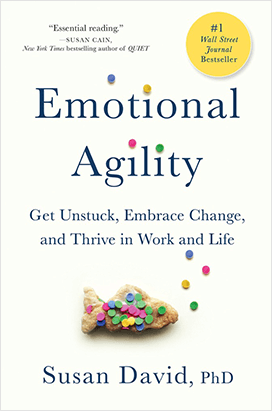 Publisher: Avery
Publisher: Avery Publisher: Farrar, Straus and Giroux
Publisher: Farrar, Straus and Giroux Publisher: Free Press
Publisher: Free Press Publisher: Independently Published
Publisher: Independently Published Publisher: McGraw Hill
Publisher: McGraw Hill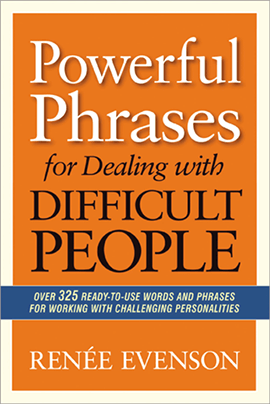 Publisher: AMACOM
Publisher: AMACOM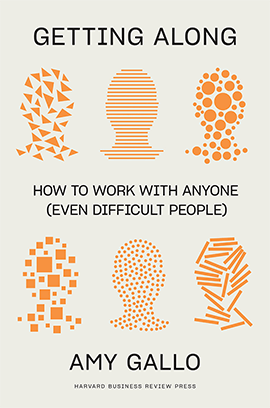 Publisher: Harvard Business Review Press
Publisher: Harvard Business Review Press Publisher: Wiley
Publisher: Wiley Publisher: Mariner Books
Publisher: Mariner Books


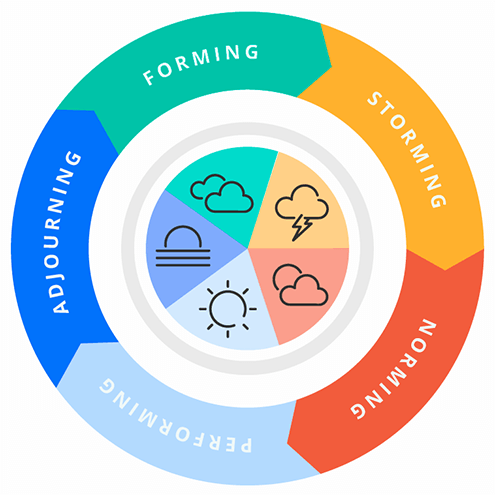
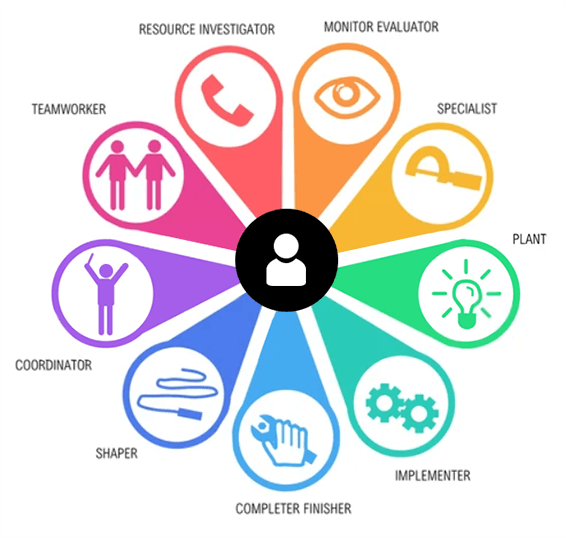
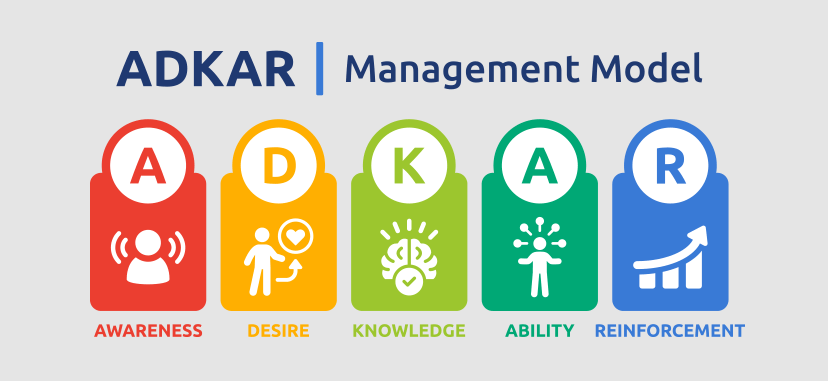
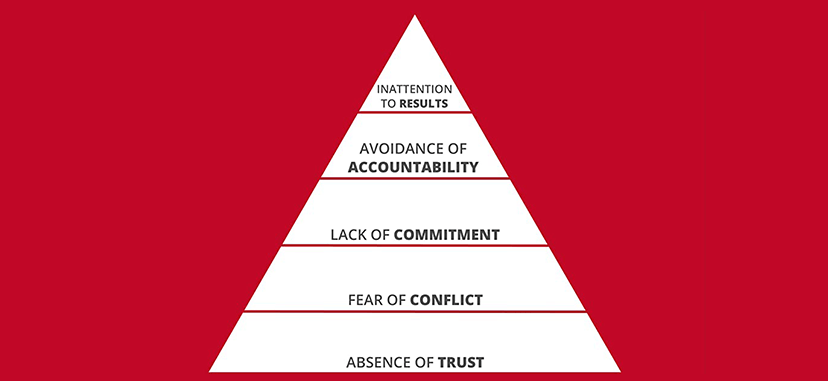
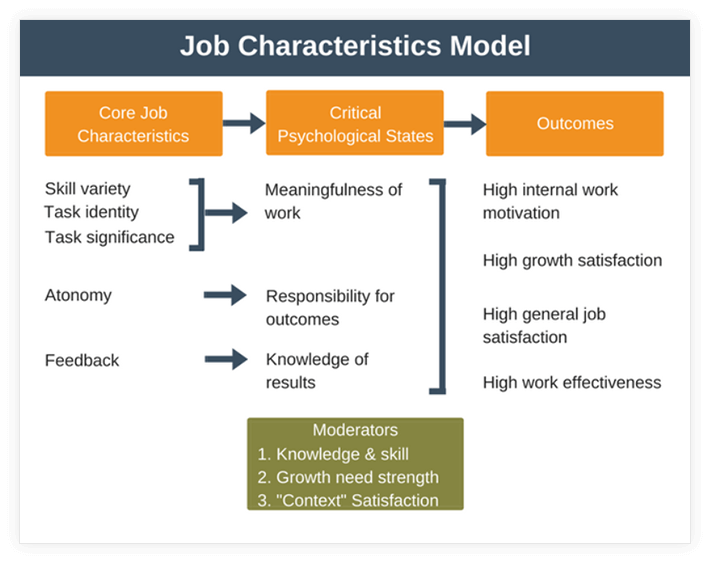

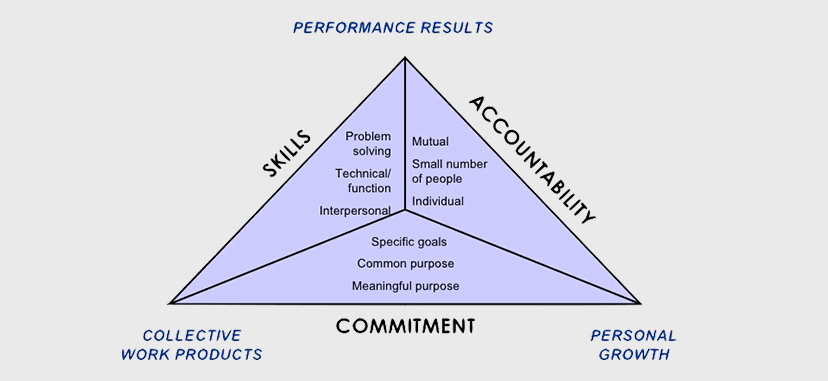







 Publisher: Harper Business
Publisher: Harper Business Publisher: Harper Business
Publisher: Harper Business Publisher: Portfolio
Publisher: Portfolio Publisher: Benbella Books
Publisher: Benbella Books Publisher: Avid Reader Press
Publisher: Avid Reader Press Publisher: Lioncrest Publishing
Publisher: Lioncrest Publishing Publisher: BenBella Books
Publisher: BenBella Books Publisher: Currency
Publisher: Currency Publisher: Two Brain Media
Publisher: Two Brain Media Publisher: Johnson Media Inc.
Publisher: Johnson Media Inc. Publisher: Portfolio
Publisher: Portfolio Publisher: Currency
Publisher: Currency Publisher: TarcherPerigee
Publisher: TarcherPerigee






































